Raise your hand if your Instagram feed has ever looked like the personification of H&M’s latest collection. Raise your other hand if you have dreamed of wearing unique corsets, blazers and vintage/ designer pieces that you either don’t have the budget for, or any places to buy from.
Stand up if you want to start making a difference in the world- by reducing your consumption and wastage, and look cute while doing it!
If you find yourself looking like a human lighthouse at this point, you need to start following thrift shops on Instagram!
Thrift shops are giving a second life to unique and beautiful pieces. Sourcing their clothes from donations and small markets from around the world, these small businesses- that mostly sell through social media platforms make sure that the pieces feel and look as good as new.
Then there’s the additional feel-good factor of supporting small business owners, mostly one person teams that work hard to source, present and deliver your purchase to you with a handwritten thank you note attached.

Thrift shopping became the new normal for many when fast fashion stores shut down during the pandemic. Many thrifters claim to enjoy experimenting with different brands and styles of clothes even if they weren’t particularly brand conscious or adventurous before, primarily because thrifting is so pocket-friendly.
Seems too good to be true? Check out this guide and review of thrifting in India-
22-year-old Siddhi from Bangalore stumbled upon a thrift shop one day, and shopping has never been the same for her since. "I realised that the only reason I had been shopping fast fashion before was because of easy accessibility. Looking back, I see that all of the clothes I had purchased from these mall outlets not only looked the same but also were of really poor quality. Moreover, the whole purchasing cycle was so impersonal that it had almost become a monotonous routine. I didn't buy these clothes consciously, they didn't bring me joy, and I was quick to get rid of them at the first sight of discolouration or defect." She admits that thrifting paved the way for her to get into sustainable clothing, and that’s when she discovered One Less.
It’s easy to see that buying second hand is a win-win for the people and the planet. As acceptance towards pre-loved clothes is increasing, we, as a part of the eco-friendly fashion industry hope that thrift shopping is here to stay.
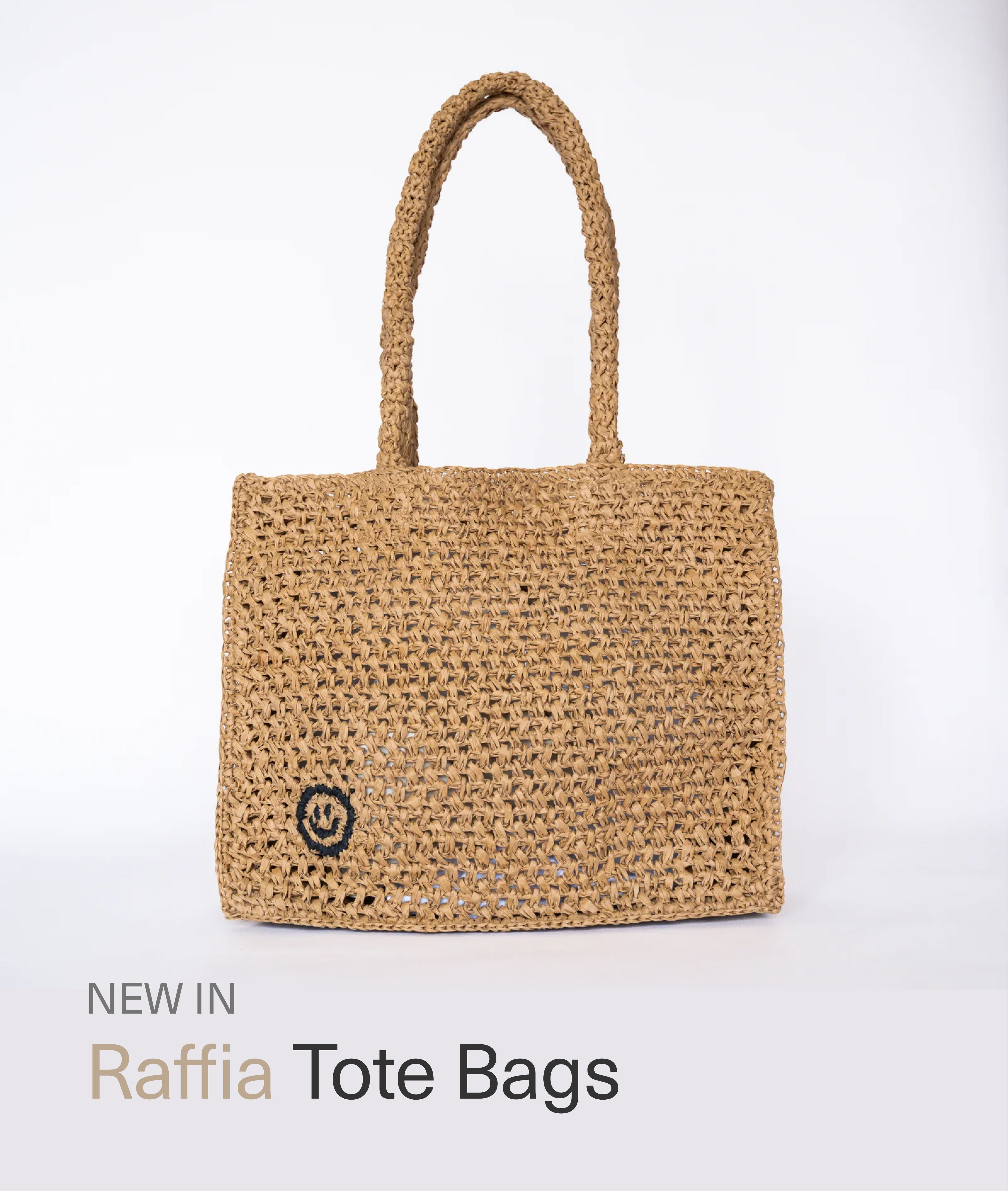
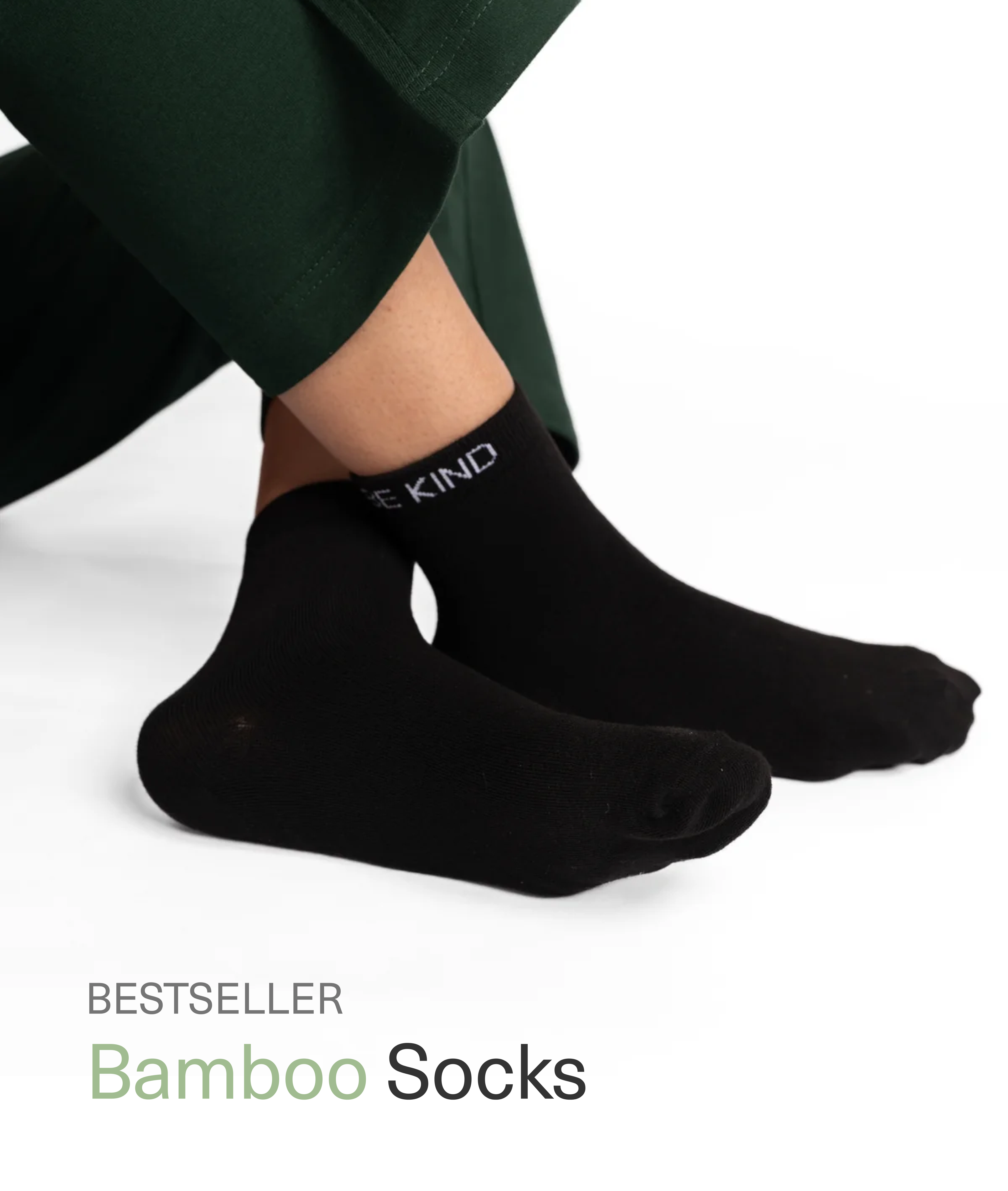
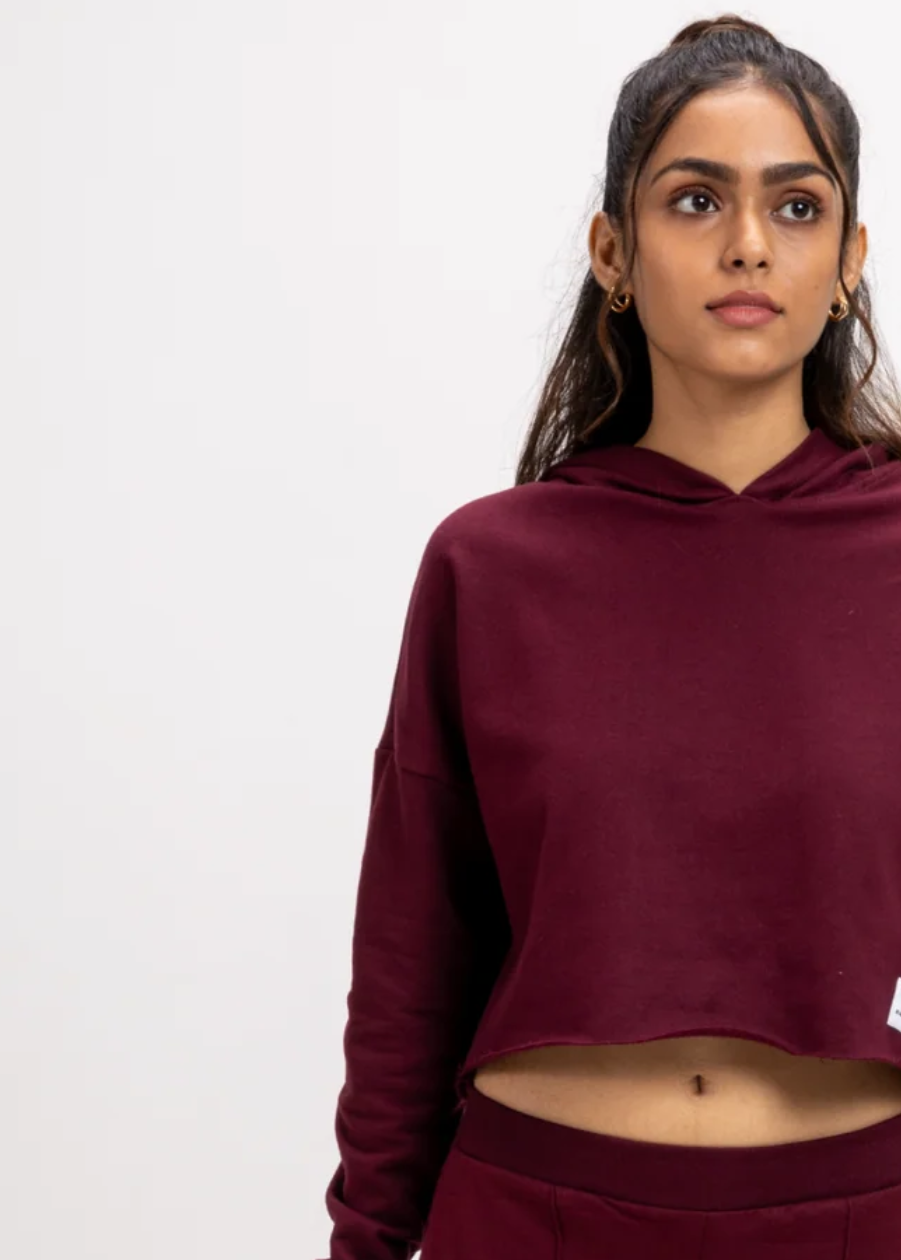
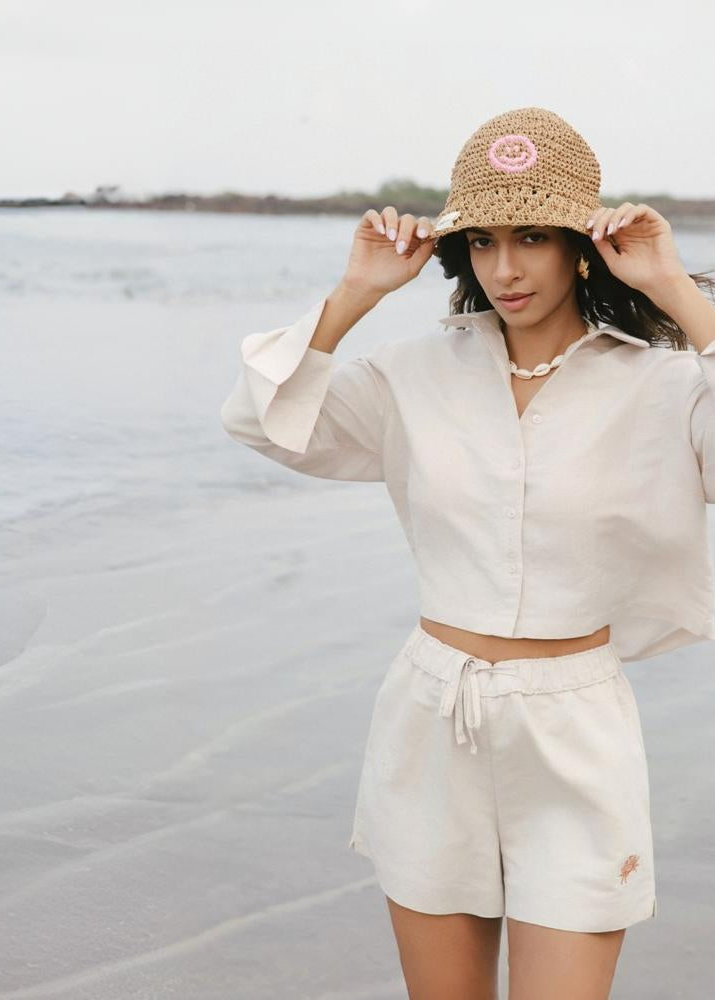
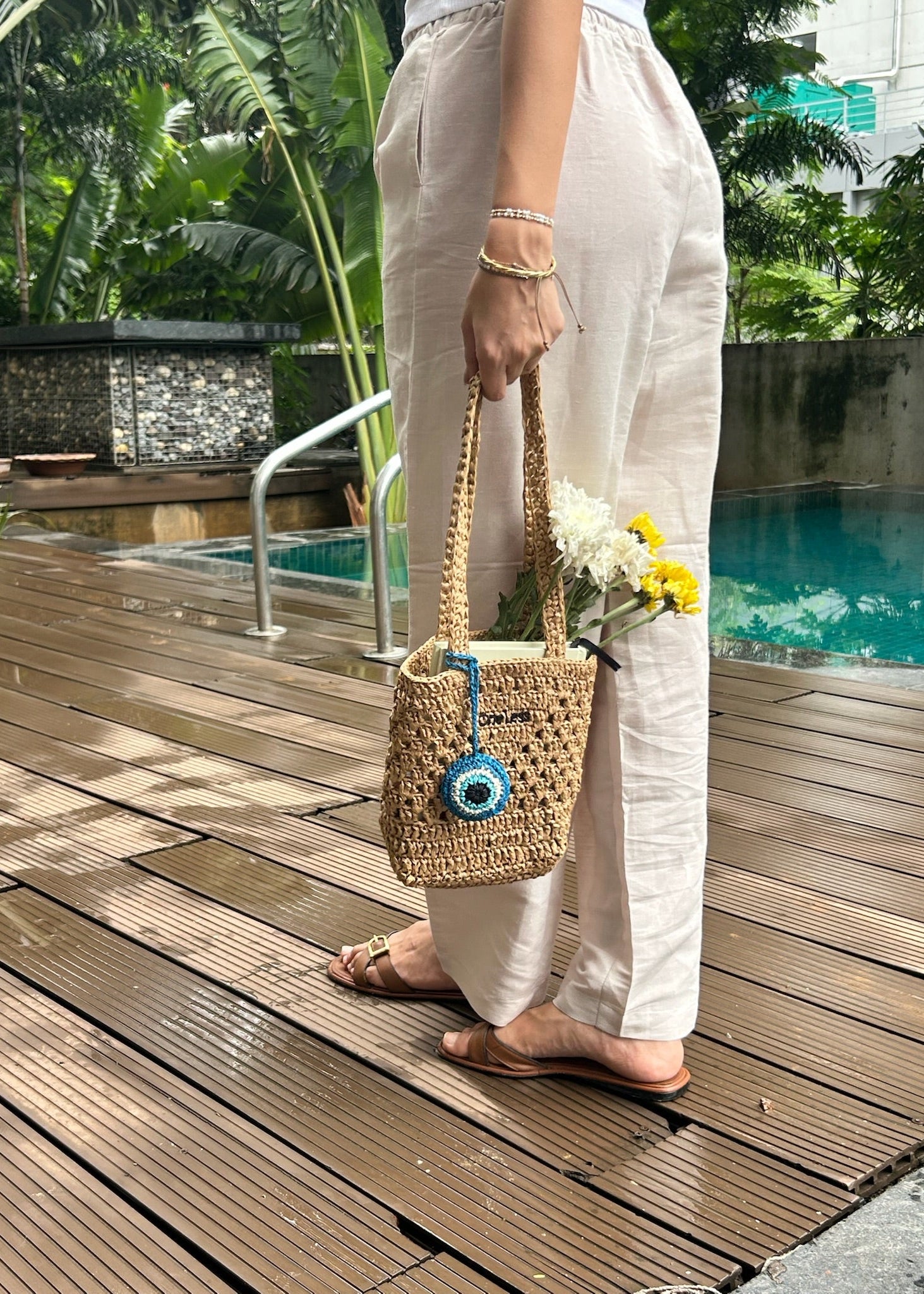









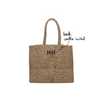
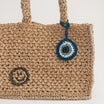


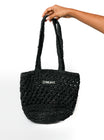

Leave a comment
This site is protected by hCaptcha and the hCaptcha Privacy Policy and Terms of Service apply.